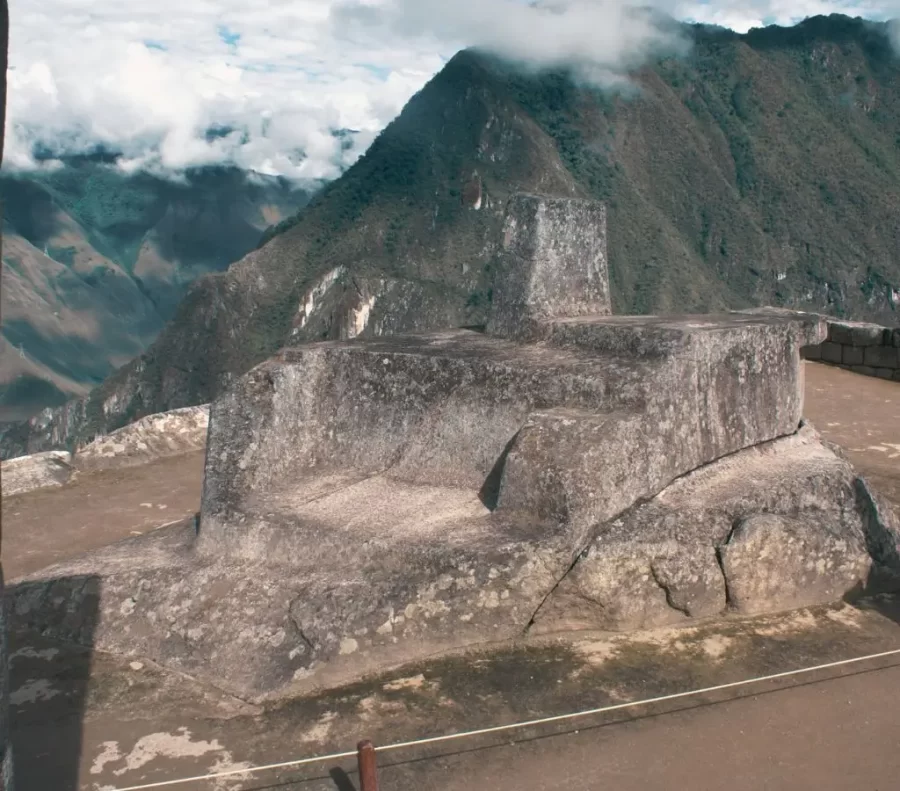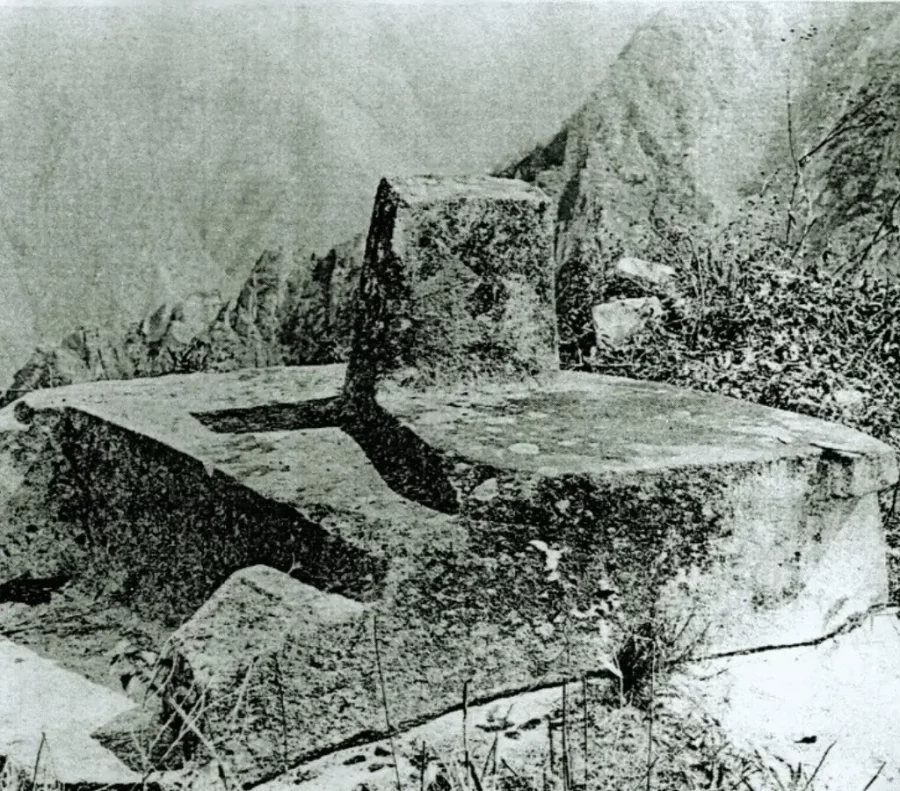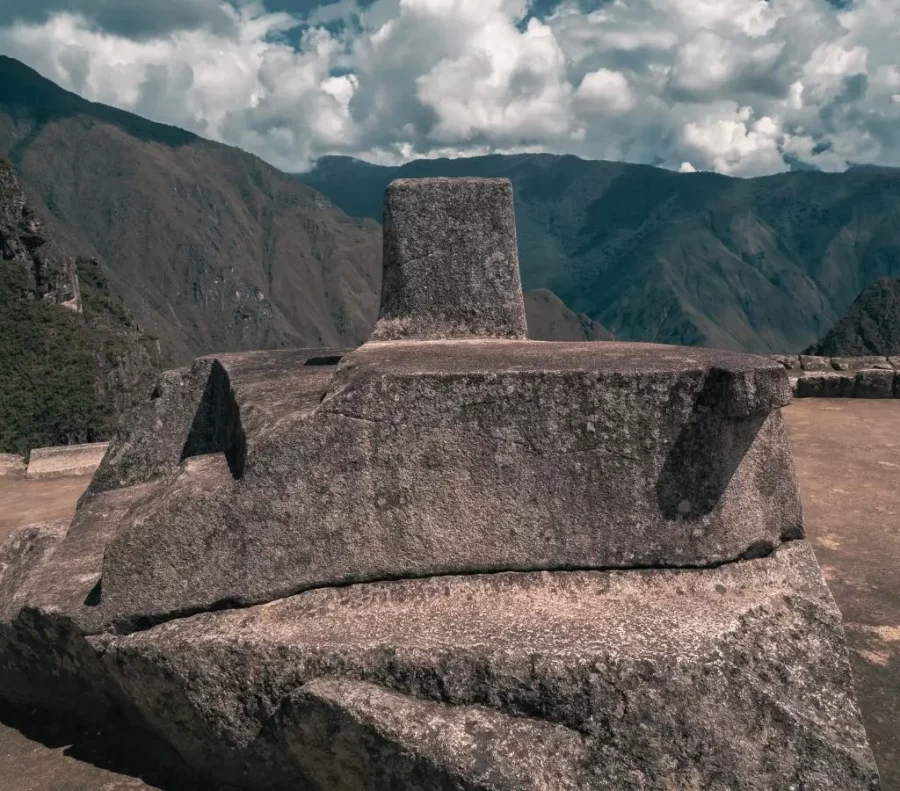The Intihuatana in the Inca culture was considered one of the most important constructions. It is a monolithic sculpture made of granite stone, it is said that it was used as a sundial (it allowed them to measure the time of day) or as an astronomical observatory (to know when it is time for planting and harvesting).
According to research, the Intihuatana was built not only in Machu Picchu, but also in different sites such as the S. A Pisac - Cusco, C. A of Intihuatana - Pumacocha - Ayacucho; all served the same function.
The anthropologist, archaeologist and historian Federico Kauffmann Doig investigated about the Intihuatana, in which he dialogued with many settlers who knew the meaning of this stone, here I leave the fragment of the mythical story in Quechua that tells us the following:
"The ancient men with many difficulties found subsistence. From before dawn until late at night they worked. Therefore, it is said that they tied the sun with artistic ribbons every day until the work was done," he wrote.
Table of Contents
It is a lithic stone in the shape of a polygon, very sacred for the Incas, it could be said that the Sun is the main God and father of the Inca. It is characterized by having small stairs for the priest to climb and perform religious rituals, you will notice that there is a table carved from the same stone, this was done in order to put the offerings.
Regarding the sides or faces of the stone tend to darken in relation to how the sun moves during the day, the same happens in the different seasons of the year, so it was very important for the Incas.
The Intihuatana is made up of three levels and the top or highest part is where it received the rays of the sun, this gives us to understand that it was a way to radiate energy to the whole place, as we know it was considered as a religious center.
As I mentioned at the beginning, it has three levels, at the top there is a cylindrical shape where the sun's rays reach it, and there are four faces that relate to the four cardinal points north, south, east and west. On the second and third levels there is a table with a staircase carved from the same stone that was used for the priest to go up and offer the offering to his God.
It is located in the citadel of Machu Picchu, in the Hanan sector or upper part of Machu Picchu. It is a mandatory visit that we have to do and you will notice that depending on the time of day the shadow is given.
Through the Intihuatana they could observe precisely the movement of the sun, they could also measure the weather and the change of seasons. For this reason it is known as a calendar guide for them to carry out the days of planting and harvesting of their products, all based on the sun's rays.
If you are going to go to Machu Picchu and want to know this famous ceremonial stone I recommend that you purchase your circuit 2 ticket, it allows you to know not only Intihuatana but you can also visit the others, it is the most purchased circuit if you want to know better the Inca city.
If you are planning to visit the llaqta of Machu Picchu, count on our advice Terandes.com we will guide you throughout your trip, we will help you organize your days of visit in our city, we will recommend other attractive tours and above all we have qualified staff in this way we offer security, guarantee.
If you are interested in knowing the Intihuatana and other important constructions of the Inca citadel, just write us to our WhatsApp +51 984 550 165 or leave us a message in our mail ventas@terandes.com.



